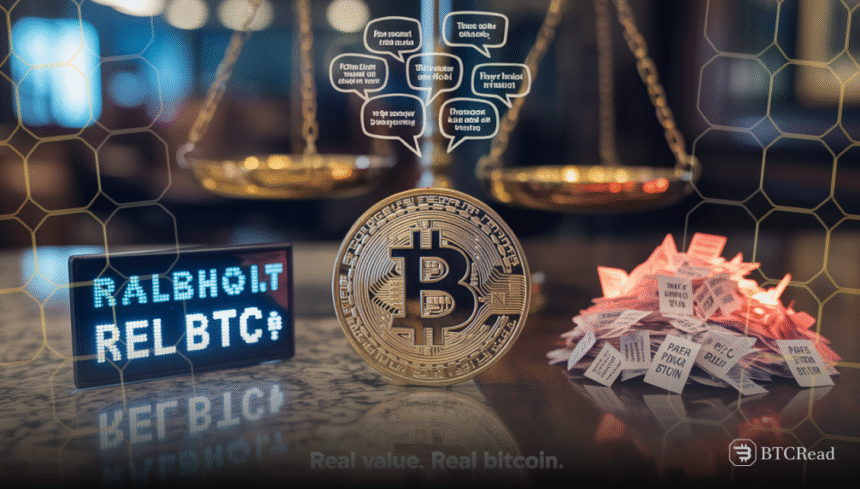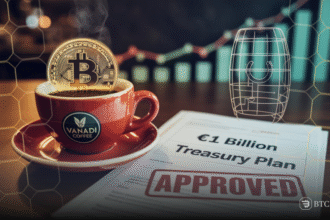The debate over so-called paper Bitcoin stirred the crypto world again this week. Adam Back, a known figure in the Bitcoin community, challenged the claims online. He insisted that large buyers receive actual bitcoin and store it with custodians. He dismissed the theory that fake or synthetic bitcoin floods the market.
Some market watchers disagree. They believe a shadow market of paper BTC is growing. This idea suggests that Certain platforms sell BTC that does not exist on the blockchain. The total number of real bitcoins remains fixed at 21 million. But skeptics say more “bitcoin” circulates than this cap allows.
Bitcoin futures fuel ongoing debate
Supporters of the paper bitcoin theory point to the futures markets. They argue that billions of dollars in open positions mirror more BTC than what exists on-chain. This view raises concerns. If many traders believe they own bitcoin that isn’t real, price discovery may suffer. In theory, real demand should push prices up.
Yet bitcoin’s price remains stable, even with strong institutional demand. Back rejected this explanation. He claimed that if billions in fake BTC existed, someone would have exposed it by now. He also said that major buyers take delivery through custodians, so their BTC holdings are real.
His comments sparked more discussion instead of ending it. Critics remained firm. They highlighted large futures volumes and argued that synthetic exposure affects the market. Some analysts pointed to rising figures from trading platforms to support this idea.
Market strength sparks paper talk
They say platforms profit from offering BTC exposure without actual coins backing every trade. The market shows signs of strength, with institutions entering regularly. But some bitcoiners say this growth should have moved the price more. That gap keeps the paper BTC theory alive.
While Adam Back and others seek proof, others say the clues already exist in trading data and platform behavior. The discussion may continue as long as the market fails to reflect growing demand.
Until clear evidence proves or disproves the presence of fake bitcoin, the issue will stay in debate. What remains certain is that trust in the system depends on transparency. Bitcoin’s supporters will keep watching the numbers and raising questions.







